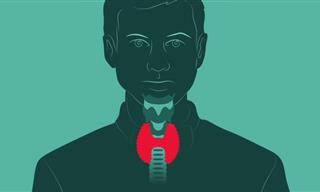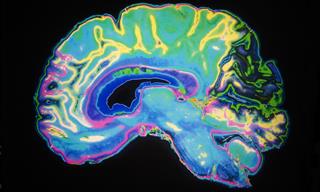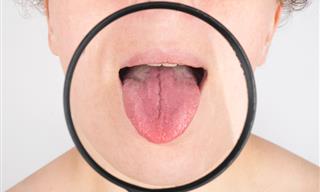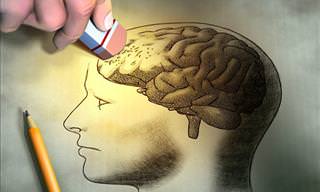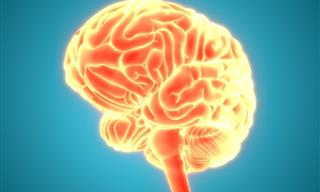What is delirium?
Delirium is a neurological condition when brain activity gets so disrupted that it impairs one’s cognitive abilities and causes widespread confusion. People who have delirium act nothing like themselves, and they may not even recognize their own family members.
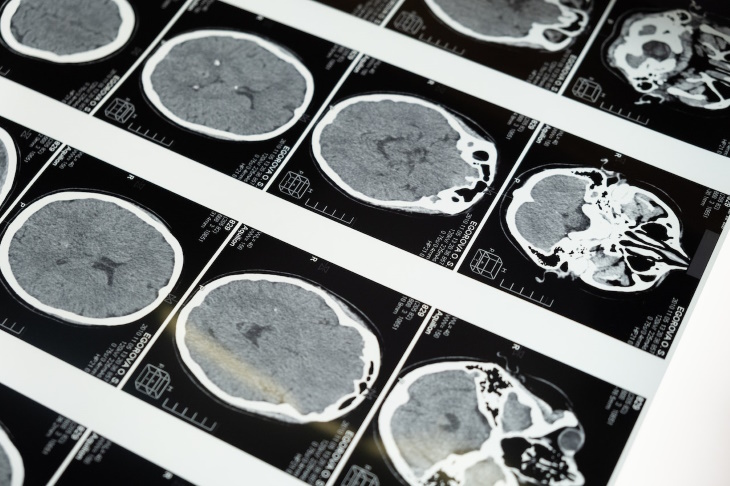
This health condition is most common in older adults at the hospital; 1 in 3 hospitalized adults over age 70 have it. However, anyone can experience delirium, even if it’s less widespread.
Delirium is a very serious condition, but the good news is that it’s often temporary. Treatment is administered depending on the cause, be it illness, medication side effects, or infection.
So you already know that hospitalization and age can increase one’s risk of developing delirium. But there are also a few other factors, namely:
- Surgery or injury
- Misuse of medications
- Dementia or Parkinson's disease
- Insomnia
- Living in a nursing home
- Hearing or vision impairment
- Multiple underlying health conditions.
- A history of depression.
- A past history of delirium.
Symptoms of delirium
Confusion is considered the primary symptom of delirium. Practically, this symptom manifests itself through:
- Trouble concentrating and shifting attention from one thing to another
- Disorientation
- Having difficulties recalling the date, time, and where you are
- Not recognizing family members, friends, and acquaintances
- Trouble explaining yourself clearly, rambling
- Difficulties recalling recent memories.

In addition, individuals going through delirium may display:
- Rapid changes in movement (such as being hyperactive or unusually slow)
- Drowsiness, withdrawal, and apathy
- Mood swings, increased irritability, paranoia, fear, or anger
- Moaning or calling out
- Sudden difficulties completing everyday activities, such as eating, walking, reading, or writing.
Symptoms appear rather rapidly – within hours or days, and they fluctuate throughout the day. In general, a person experiencing delirium may also feel better during the day, but get worse at night when the surroundings look more unfamiliar.
As you may have noticed, some of these symptoms contradict each other. That’s because delirium can make a person more active, less active, or have them ping-pong between hyperactivity and reduced activity. That’s why doctors typically distinguish between the following three types of delirium:
Types of delirium
1. Hyperactive delirium
Individuals with this type of delirium are anxious, agitated, and have mood swings. They may refuse to cooperate with caregivers, display aggression, and talk with a “filter,” meaning that they are more rude than usual or use profanity even though they’ve never done so in the past. Symptoms of psychosis, such as hallucinations, delusions, and paranoia, may also be present. All in all, the individual suddenly becomes more restless and active than usual.
2. Hypoactive delirium
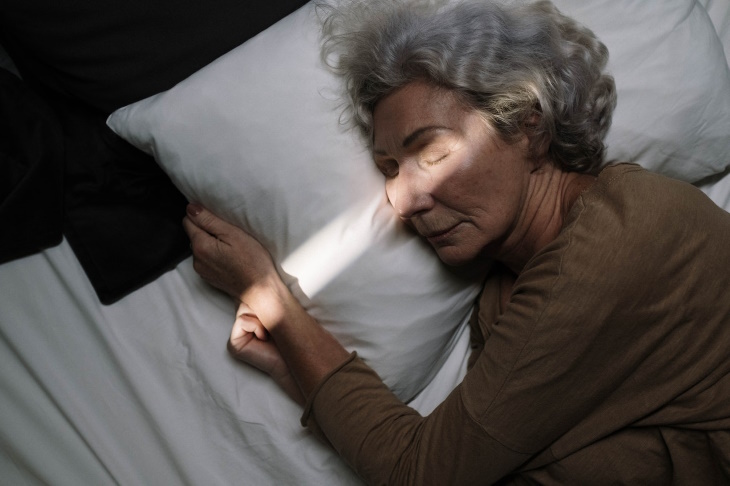
Hypoactive delirium is the flip side of the previous type, as it is accompanied by a reduced level of activity. Individuals with this type of delirium appear sluggish, unable to concentrate, and appear to be in a daze. They may also have a blank facial expression while speaking or display no interest in the surroundings. Movements may become slower, they may sleep more, miss meals, and seem quiet and withdrawn.
3. Mixed delirium
As the name indicates, this type combines the features of the previous two types. A person may switch back and forth between hyperactive and hypoactive delirium. Generally, you may not see a change in activity level, but the person will display hyperactive symptoms, like agitation, and then return to hypoactive symptoms by sleeping all day.
What is the difference between delirium and dementia?
These two conditions are often confused because they are similar on the surface. Even though both delirium and dementia involve confusion and memory issues as a symptom, there are several key differences between these two conditions.
The primary difference is the rapid onset. Delirium begins quickly and abruptly, whereas a person with dementia will generally get worse over a long period of time, often years. Another feature of delirium are the fluctuations between periods of alertness and confusion during the day. In contrast, dementia is a more constant reduction in cognitive abilities. The memory issues tend to be different too: while dementia patients have long-term memory problems, delirium patients have issues with short-term memory.
The video below shows an easy-to-memorize mnemonic to help differentiate between the two conditions:
Note: It is possible to have both dementia and delirium at the same time. In fact, dementia increases the risk of delirium, whereas delirium can speed up the progression of dementia.
Causes of delirium
There is rarely, if ever, a single cause of delirium. It develops when the body’s compensatory mechanisms can no longer stand up to a multitude of stressors. These mechanisms are also called functional reserve capacity, and it is vulnerable to a variety of stressors, such as:
- Underlying health conditions, such as cancer, infections, strokes, and even fractures
- Certain medications or using medications in a way other than prescribed
- Lack of oxygen, such as during pneumonia or asthma
- Severe injury
- Urgent surgery and other medical procedures, such as intubation or being put on a ventilator.
- Dehydration and lack of sleep
- Poorly managed or unmanaged pain
- A lack of mobility. People who move have a lower risk of delirium, and a reduced duration of delirium if they develop it.
Complications of delirium
When not treated promptly, delirium can result in complications of various durations and severity. A few examples are:
- New or worsening dementia
- Cognitive impairment
- Loss of independence
- Traumatic injury
- Depression and other mental health issues
- Coma and an increased risk of death.
Once the underlying trigger of the delirium episode is addressed, the person should start recovering. The better one’s health before developing delirium, the faster and greater the degree of recovery.
When should one be seen by a doctor?
Often, a person experiencing signs of delirium will already be in the hospital. If this is the case, and you notice that a loved one is showing the symptoms listed above, tell the hospital staff immediately. People who know the patient are typically the first to notice that something is “off,” as they know the individual and the way they behave normally much better.
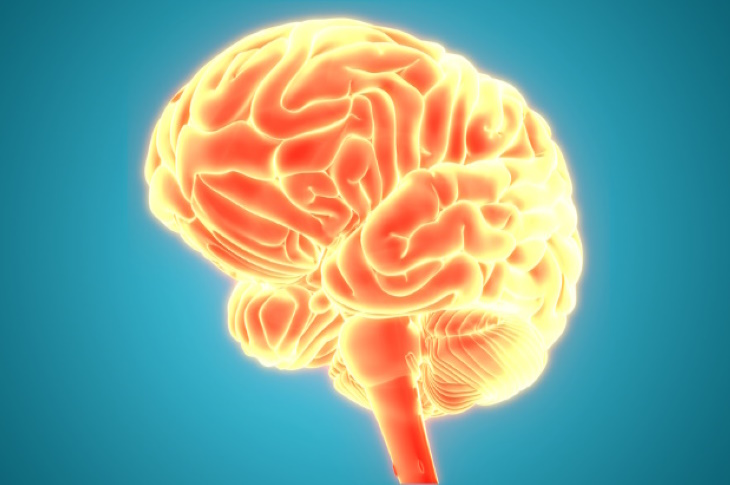
In case someone you know who is not in the hospital exhibits signs of delirium, try to get them to the hospital as soon as possible. Severe symptoms of delirium or their rapid development require emergency treatment.
During the doctor’s visit, they will use a combination of a physical and neurological exam. Some lab tests may also be required. If you’re visiting with a loved one, it’s a smart idea to record the changes in behavior you are seeing.
What is the outlook?
Unlike a progressive brain condition like dementia, delirium is treatable. The time for full or partial recovery ranges from hours to days and even months. Recovering from this condition takes time, and some changes may be permanent. The faster one gets treatment, and the milder the delirium, the quicker the recovery will be.
Prevention of delirium
Improving your general health and staying active can significantly reduce your risk of delirium, or even prevent it altogether. Here are several preventative tips that will help you avoid this scary condition:
1. Do regular mental exercises – be it online quizzes, crossword puzzles, or simply make sure that you know the date and time at all times.
2. Let natural light in during the day, and keep the room dark at night. This will help the brain stay oriented in time.
3. Use hearing aids and glasses if you need them. It’s important to stimulate vision and hearing processing in the brain about your surroundings.
4. Move around as much as you can, exercise, or do physical therapy the moment your doctor allows you to do so. Just make sure to do so safely and with guidance if necessary to prevent injuries and falls.

5. Connect with family and loved ones as much as you can.
6. Go to regular delirium assessments.
Is delirium tremens the same as delirium?
Delirium tremens happens due to withdrawal from daily alcohol use. It causes confusion along with tremors, particularly shaking hands. Other symptoms include:
- Rapid heart rate and high blood pressure
- High fever
- Sweating
- Hallucinations.
When it occurs, the person experiencing it needs emergency medical care. Untreated delirium tremens is deadly in 37% of cases, so timely treatment could be life-saving.
References: Cleveland Clinic, Verywell Mind, Healthline, Better Health While Aging, Medical News Today
 Go to BabaMail
Go to BabaMail


























